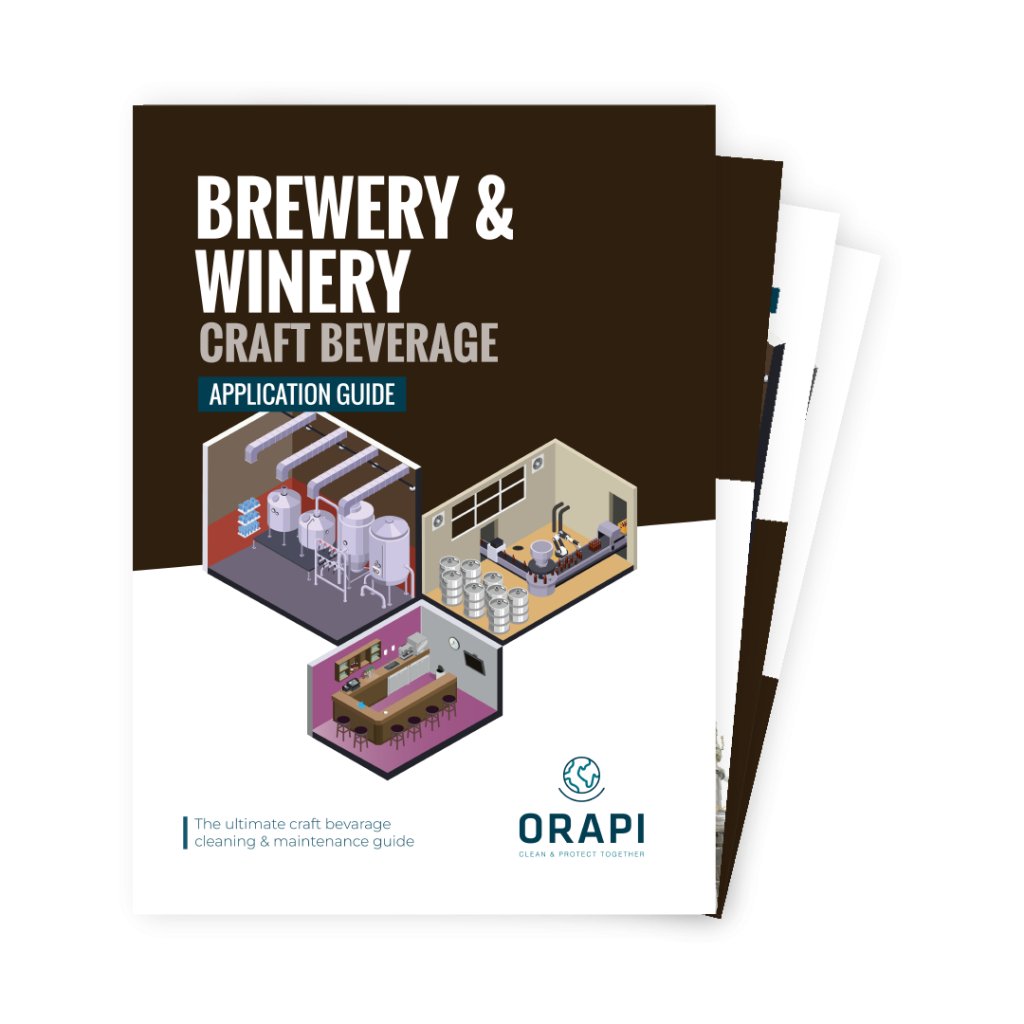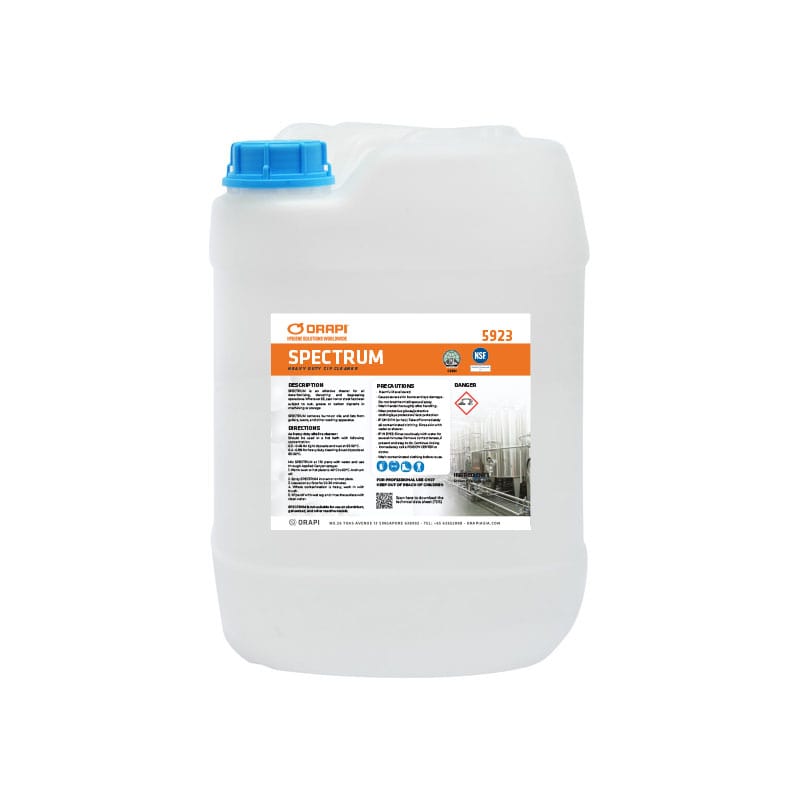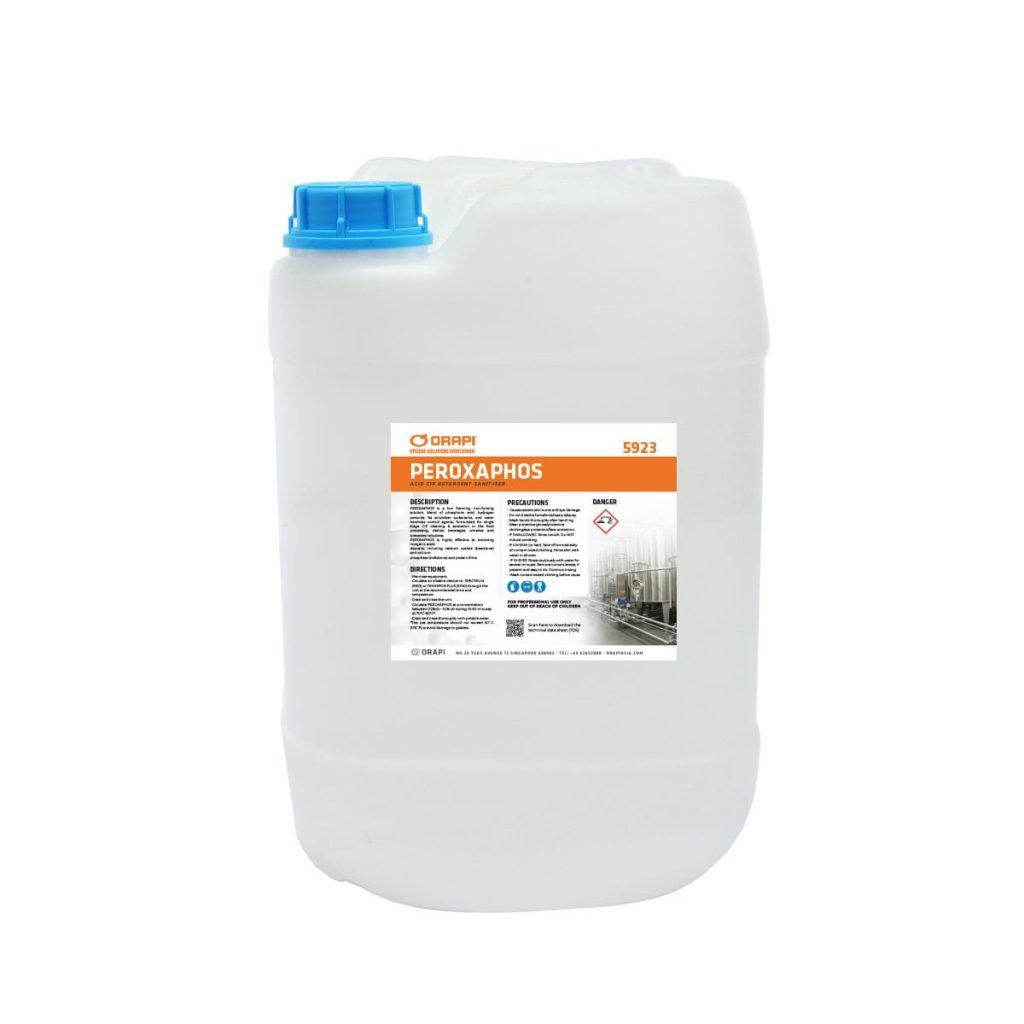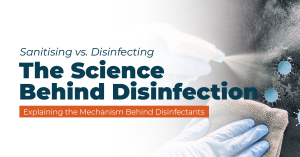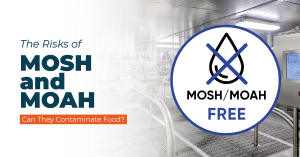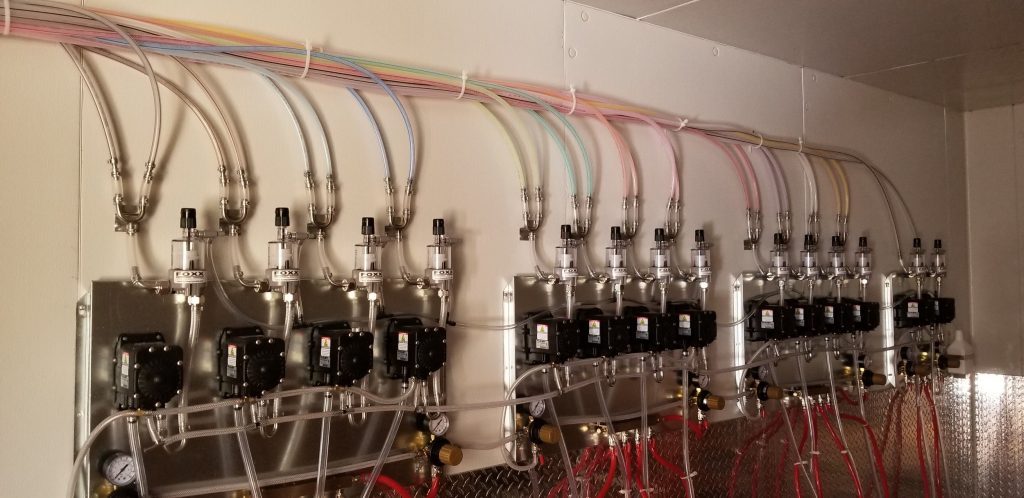
Why Do You Need To Clean Beer Lines?
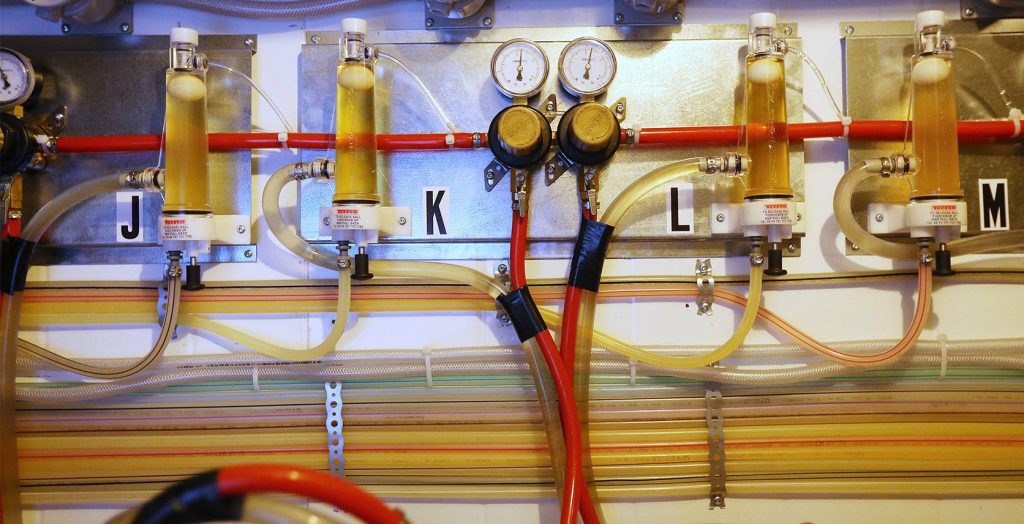
Improper draft beer line cleaning can spoil the taste of beer, ultimately resulting in a poor experience for the consumer and damaging the reputation of both the brewery and the beer itself. The undesirable flavour can typically be attributed to one of the following four causes:
- Yeast: A white or cream-coloured surface growth commonly found on beer system components, including faucets, keg couplers, and drains, exposed to air.
- Mould: A dark-coloured surface growth, typically brown or black, that can be found on beer system components, including faucets, keg couplers, and drains, when they are exposed to air.
- Beer stone: A grey or brown buildup of calcium oxalate that accumulates over time and can flake off if the system is not properly maintained, potentially ending up in the pint and negatively affecting the taste.
- Bacteria: Beer-spoiling bacteria can cause off-flavours, such as buttery diacetyl or sour, and vinegary acetic acid, ruining the beer’s flavour and aroma. While these microorganisms are not harmful to health, they can cause unpleasant taste and odour.
How Frequently Should You Clean Your Beer Lines?
The recommended frequency for draft beer line cleaning is every two weeks, as per the industry standard set by the Brewers Association. Although some companies may opt for monthly cleaning, this can lead to the accumulation of yeast, mould, beer stone, and bacteria, which can compromise the taste of the beer. For tap houses, breweries, and pubs, the two-week cleaning schedule is the norm. However, casinos and stadiums may conduct draft beer line cleaning on a monthly basis to avoid wasting large volumes of beer. Kegerator owners are advised to clean their lines after every keg use and more frequently for smaller kegs.
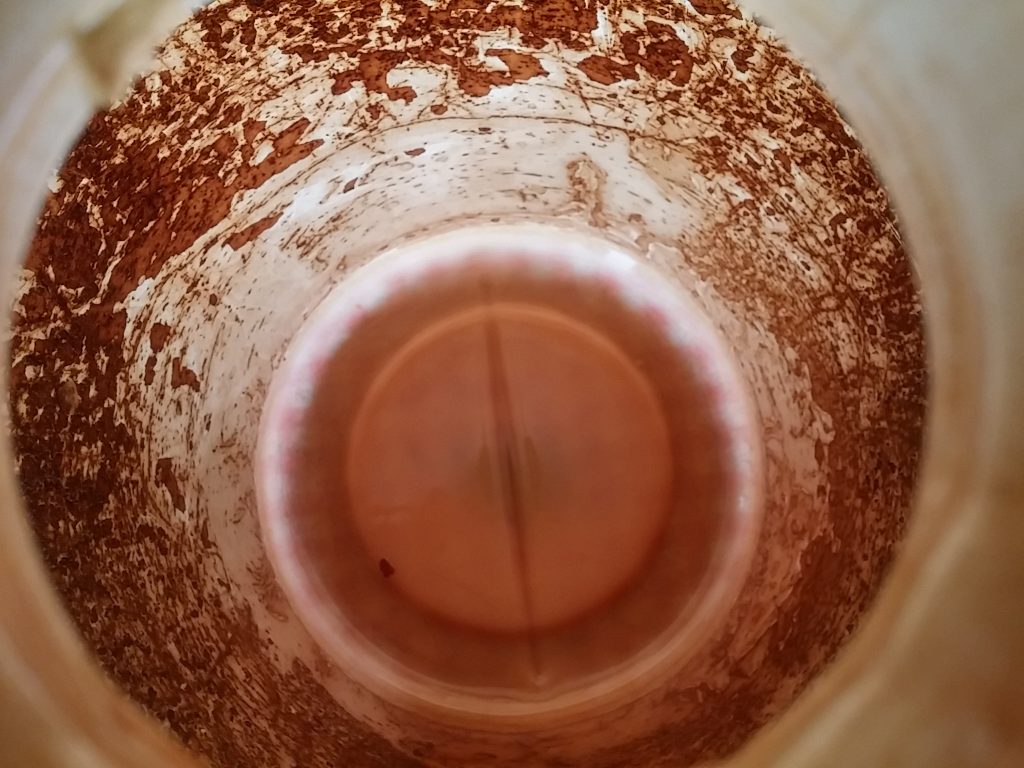
Recirculating Pump for Cleaning Beer Tap Lines

A recirculating pump for cleaning beer tap lines is used to circulate cleaning solution through the beer lines, faucets, and other parts of the beer dispensing system. It often forms a part of the CIP (Clean-in-Place) system for beer tap lines and is designed to remove the buildup of yeast, bacteria, and other contaminants that can accumulate over time, which can cause the beer to have an off taste or lead to dispensing problems such as foaming.
The recirculating pump is typically connected to the beer dispensing system and is used in combination with a cleaning solution, such as an alkaline or acid-based cleaner, to remove any buildup from the lines. The pump pushes the cleaning solution through the lines and back into the cleaning container, creating a closed-loop system that ensures that the solution circulates through the entire system for at least 20 minutes, effectively cleaning all parts of the beer dispensing system.
Safety Precautions
Before cleaning the beer tap, wear protective gloves and eye protection to prevent any harm. Also, while mixing the cleaning chemicals, thoroughly mix them and keep the bottles on the floor to avoid spills on the counters, sinks, or yourself. It is always important to prioritise safety measures during the process.
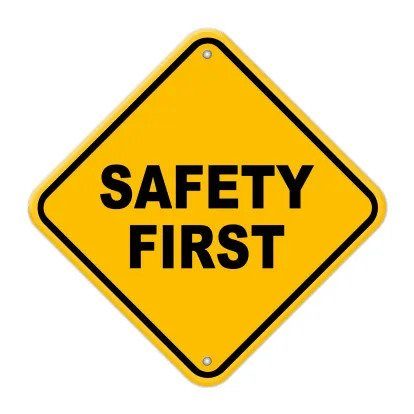
The Overall Process of Beer Cleaning
Before Cleaning Beer Lines
Set-Up
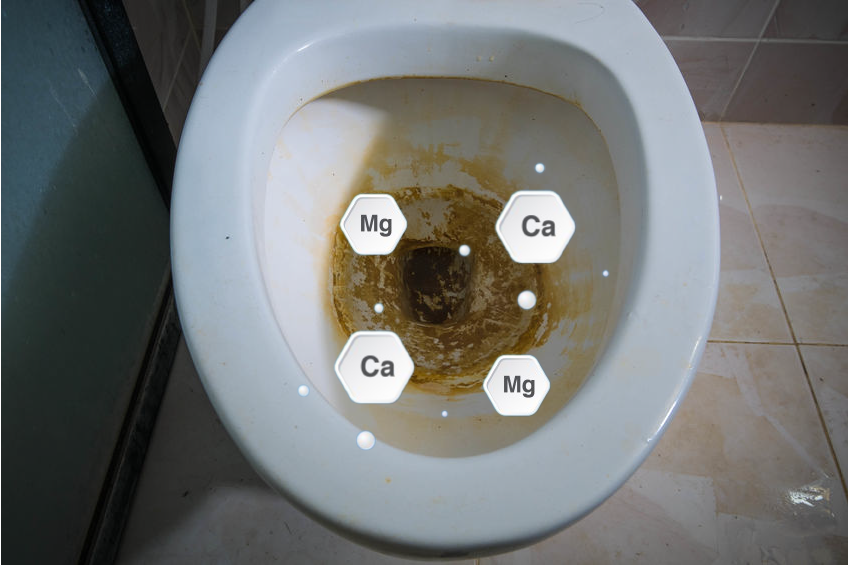
- Turn off the CO2 supply to the beer system.
- Disconnect the couplers from the kegs.
- Open the faucets to release excess pressure and beer into a bucket. Keep the faucets open until the beer flow reduces to a drip.
- Use a faucet wrench to unscrew and remove the faucets from the tower by turning them clockwise.
- Remove the couplers from the cooler or keg storage area. Leave the beer nuts and hose fittings unless you have a coupling to join the couplers together inside the walk-in.
Prepping Draft Beer Line Cleaning Solutions
Cleaning
- Combine warm water and detergent to make a cleaning solution.
- Put the beer hose, coupler, and faucet in a bucket. Take the knob off the faucet before placing it in the bucket.
- Attach the cleaning attachment to the faucet coupling nut (where the faucet was removed).
- Pump the cleaning solution through the hose and into the bucket, letting it soak in the hose.
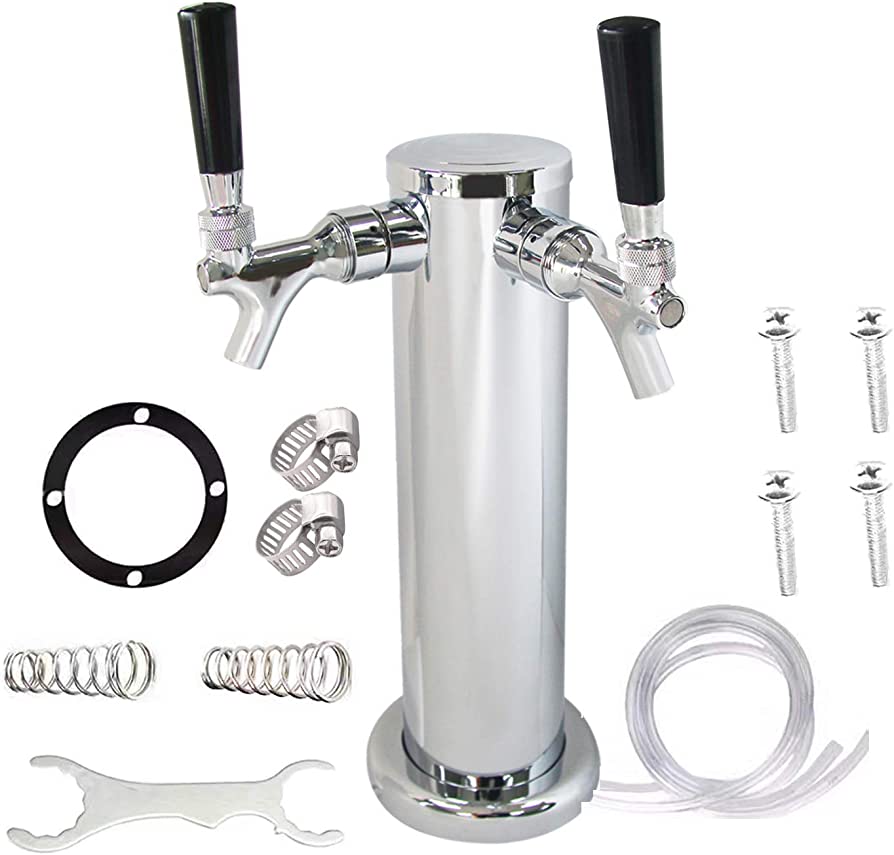
Rinsing

- Unscrew the lid from the cleaning bottle.
- Rinse the cleaning bottle thoroughly and refill it with cold water.
- Put the lid back on the cleaning bottle and pump the rinse water through the beer line to flush out any remaining cleaning solution into a bucket.
- Keep pumping until all the freshwater has been pushed through the beer line, then disconnect the faucet cleaning attachment.
After Beer Cleaning
Reconnect
- Disassemble the faucet and keg coupler, and use a brush to clean them thoroughly.
- Rinse the coupler and faucet in water.
- Reassemble the faucet and reconnect it by turning the faucet coupling nut counterclockwise, ensuring that the sealing gasket is in place.
- Reconnect the beer hose and CO2 gas hose fittings to the keg coupler, making sure to reinstall the washer and check the valve.
- Turn the regulator valve to the “on” position and retap the keg.
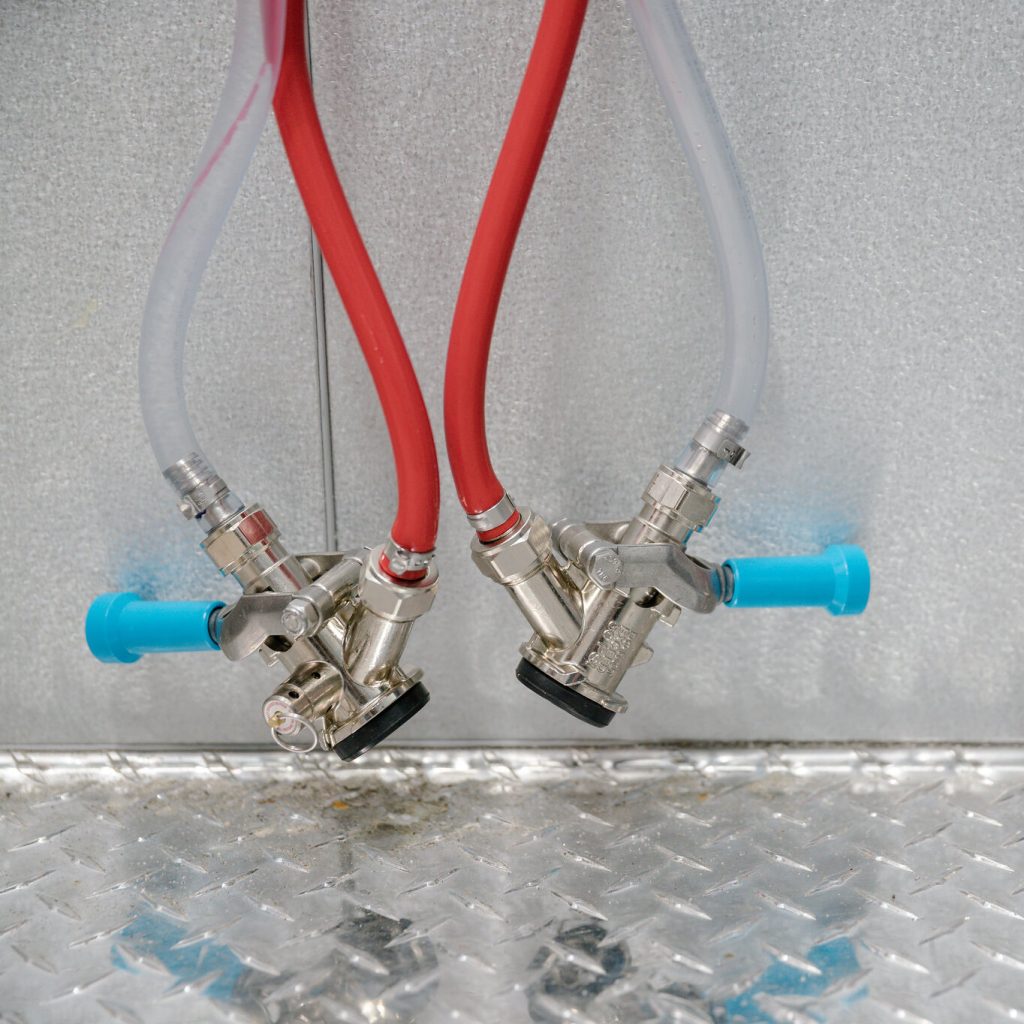
6. Pump water through the entire beer system for the same amount of time that the cleaning solution was circulating and soaking to flush out the cleaning chemicals.
7. Use pH testing paper to check the pH level in the system; it should be between 7 and 8.
8. Turn the gas back on to the system.
9. Retap the beer kegs, and you’re ready to start serving beer again.
Cleaning Other Draft Equipment
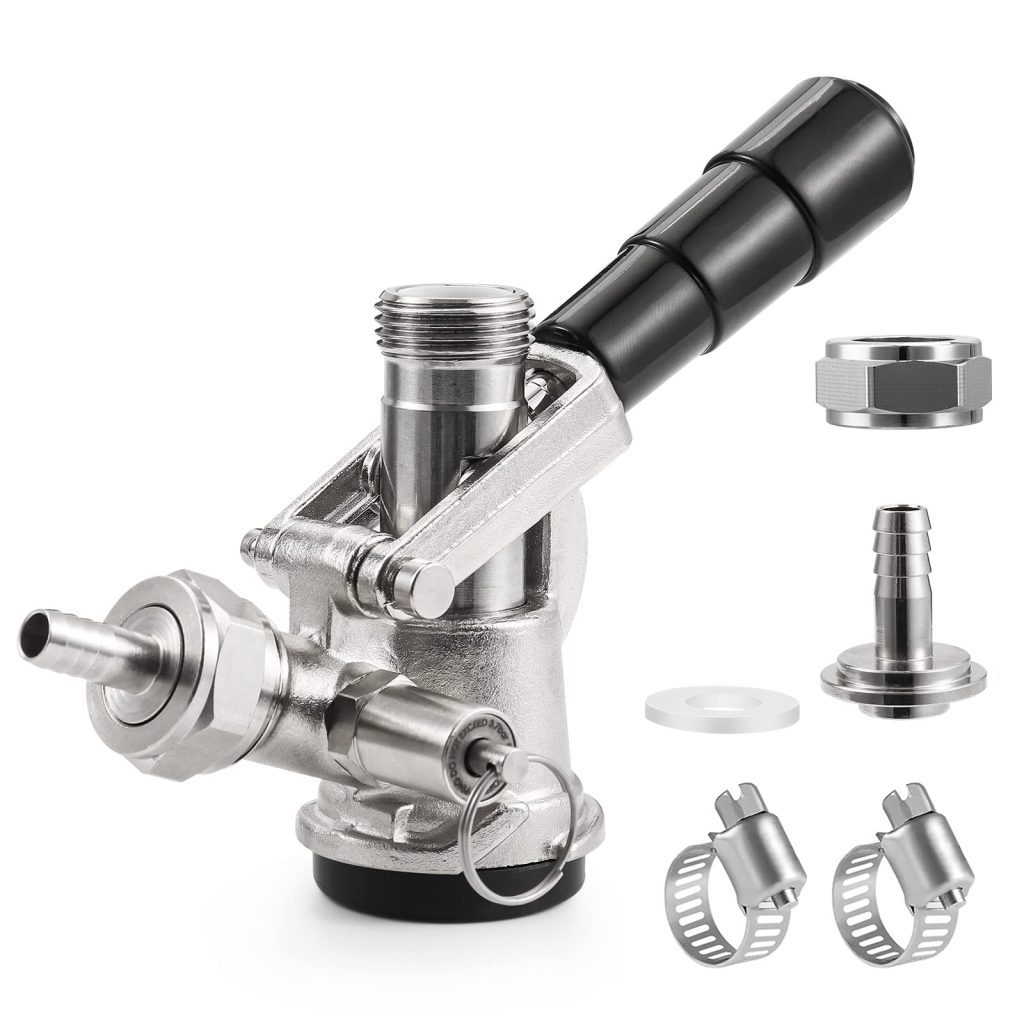
Maintaining clean draft beer equipment is crucial for keeping the beer safe and tasty. Here are some tips for cleaning other draft equipment:
- Couplers: Disassemble the coupler entirely and soak it in a cleaning solution. Scrub it thoroughly to remove mould, yeast, and other impurities inside and outside the coupler. After cleaning, wash the coupler in water and reassemble it. This should be done quarterly, at the very least.
- Faucets: Completely take apart the faucet and put it into a cleaning solution. Brush it to remove any impurities from the faucet’s opening and back end. After cleaning, wash it with water and reassemble it. This should be done every two weeks to keep the faucet in tip-top shape.
Cleaning Other Draft Equipment
- FOBS: A Beer FOB is a piece of equipment found on remote beer systems. Clean the FOB with a circulating pump as you would pump beer. After circulating the cleaning solution, rinse it with cold water and bleed the water through the drain line on the outside.
- Beer Pumps: Check the gaskets on the hose fittings every cleaning. Make sure there are no cracks. Clean in line with a circulating pump. Also, check the CO2-fitting gasket in front of the beer pump.
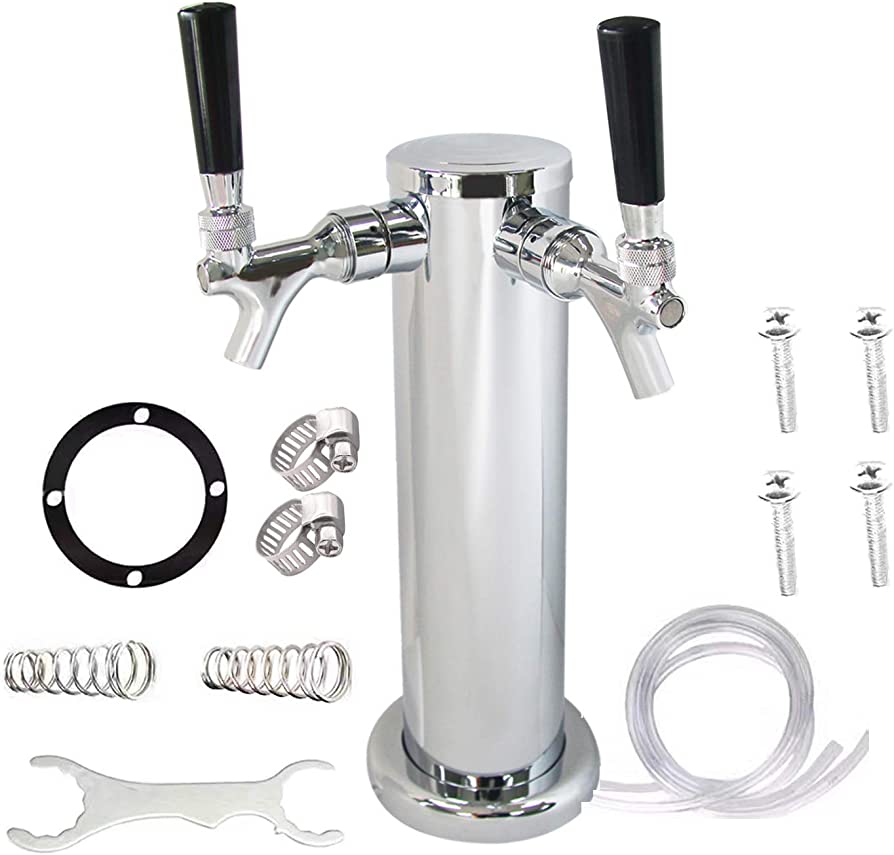
- Flojet Reversal Valves: Check the hose fittings leading up to the FOB. Look at the gaskets inside the beer pump to ensure they are clean. Make sure the flow is flowing through the valve. Move the directional panel from left to right so that the flow can change in the proper direction.
Caustic vs. Acid Cleaning Solutions
Draft beer systems require regular cleaning to ensure the quality and safety of the beer served. Two types of cleaning solutions are commonly used for this purpose: caustic and acid solutions.
Caustic Solutions
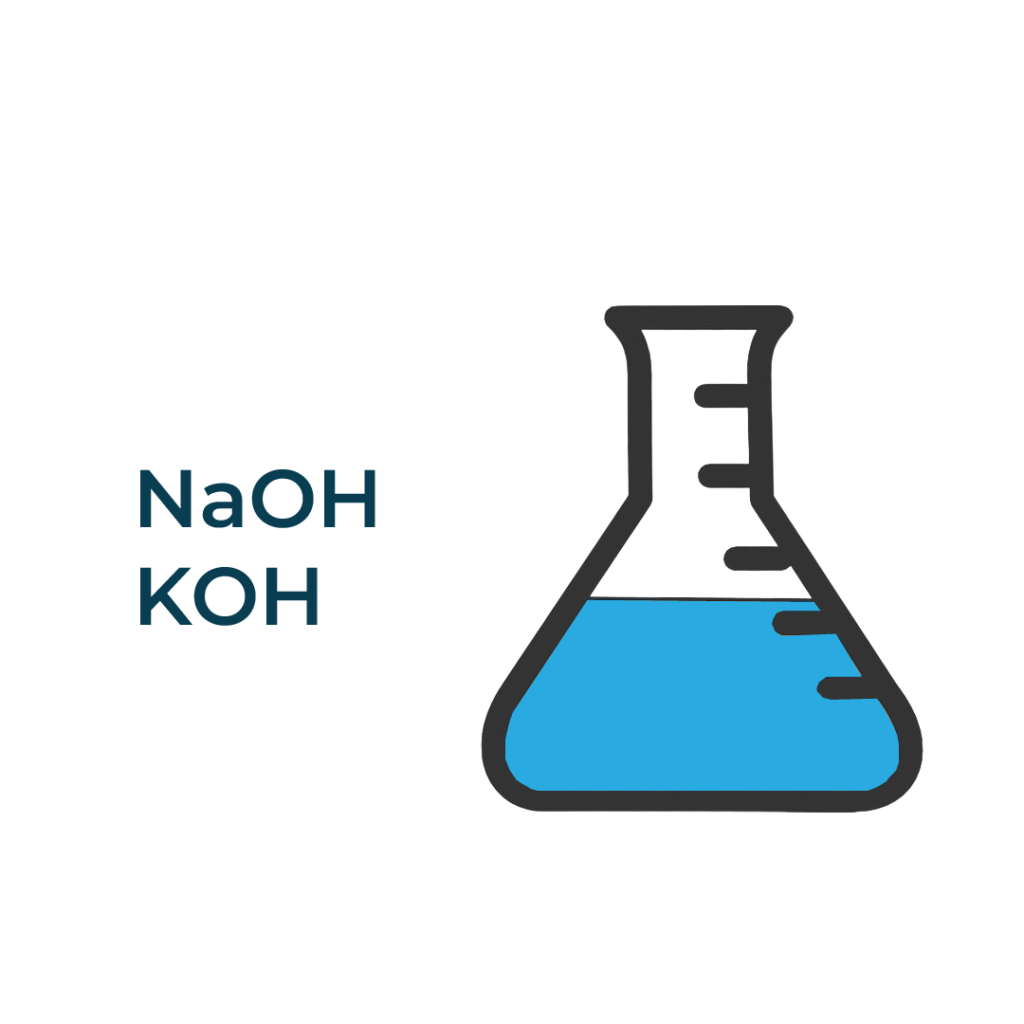
To dissolve and remove organic residues like yeast, hops, moulds, and bacteria from beer lines, it is recommended to use an alkaline caustic cleaning solution. Alkaline solutions effectively dissolve and clean beer lines and are suitable for all draft beer systems.
If the cleaning process is delayed, the flavour of the beer can start to degrade. The bacteria in the beer lines can build up and start affecting the original taste intended by the brewer. Plus, the beer may develop a diacetyl or acidic (lactic acid) flavour, which can significantly impact the taste of the beer. Therefore, it is crucial to clean the beer lines regularly with an appropriate alkaline solution to ensure the beer maintains its intended flavour.
The frequency of cleaning depends on the specific application and requirements. As opposed to what you may find frequently stated online, it may not be necessary to clean every 2-3 months, especially if the brewery produces multiple types of beer. Some craft brewers create a variety of beer flavours, not just one. Therefore, the cleaning period will vary depending on their unique circumstances.
ORAPI RECOMMENDS:
SPECTRUM is a highly effective alkaline detergent designed for the purpose of removing carbon deposits, rust, and grease from various surfaces. It can effectively clean burnt oils, fats, and rust on production equipment such as tanks, centrifuges, piping, grills, ovens, and cooking apparatus used in the food industry. Essentially, this product is capable of cleaning almost anything that needs to be cleaned.
Acidic Solutions
It is vital to use an acid-cleaning solution to dissolve inorganic residues like harmful soils, salts, and beer stones (calcium oxalate) in the beer lines. Beer stones not only harbour bacteria but also retain flavours and aromas from the previous batch of beer, which can lead to contamination of the next batch of beer. Additionally, the buildup of beer stones can reduce beer flow, resulting in wastage. Every ounce of foam that goes down the drain equals a quarter ounce of beer wasted. In the worst-case scenario, excessive buildup of beer stones can detach and contaminate the beer in the form of visible specks. Therefore, it is essential to use acid-cleaning solutions at least once a quarter to keep the beer stones at bay and ensure a smooth flow of beer.
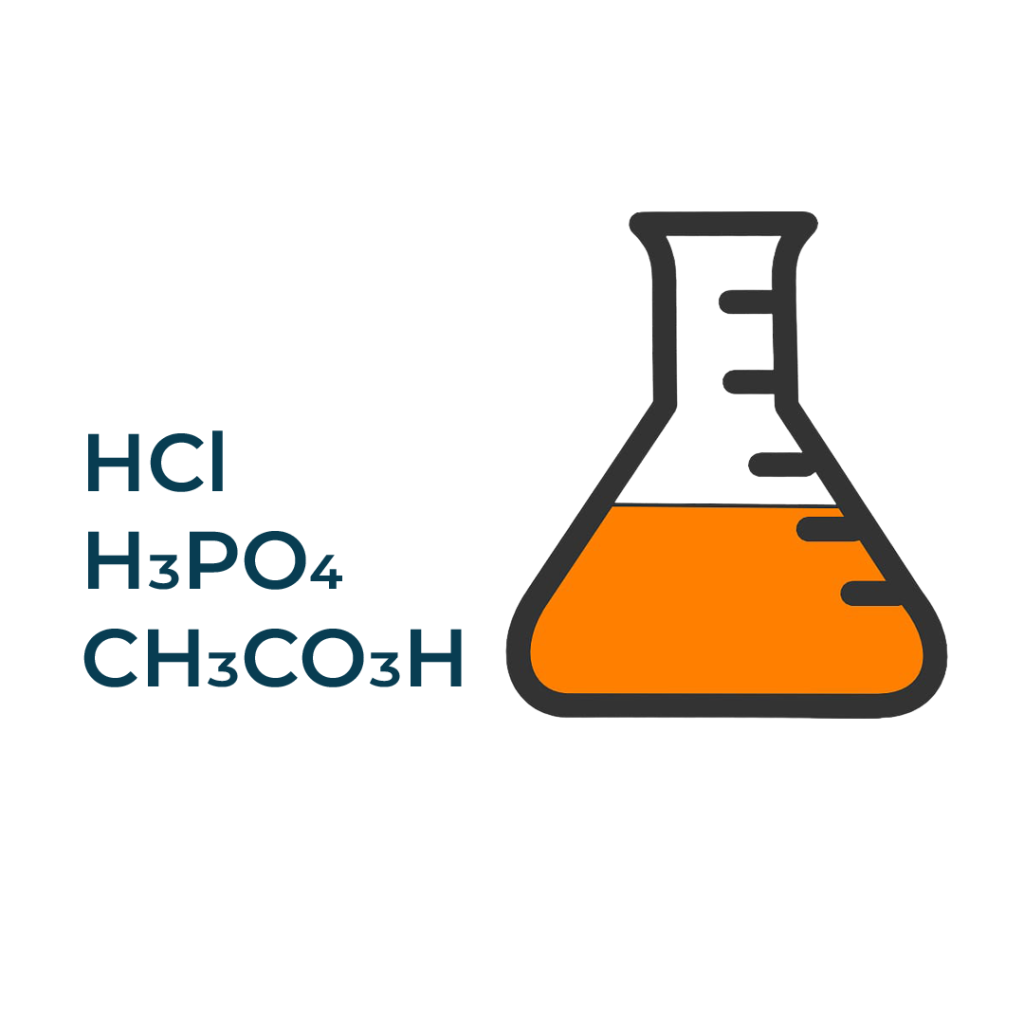
Our recommendation for acid cleaning is to use acid peroxophos, a powerful 2-in-1 solution that combines phosphoric acid and hydrogen peroxide. In addition to effectively removing mineral deposits, it offers the added benefit of protecting elastomers. This solution is an excellent option for those looking for a comprehensive cleaning product that will effectively descale their equipment.
Please be aware that acid cleaning is a separate process from caustic cleaning and should not be mixed with the latter. To clean the beer system, start by flushing it with water, then perform the caustic cleaning, followed by another water flush. Finally, carry out the acid cleaning and flush it with water again.
ORAPI RECOMMENDS:
Check Water pH Levels for System Safety

To ensure that no harmful chemicals are left in the beer system, it is advisable to check the pH of the water using pH strips after cleaning and chemical flushing. The pH reading should ideally be between 7.0 and 8.0, indicating that there are no residual chemicals in the system and it is safe to use.
Conclusion to Draft Beer Line Cleaning
